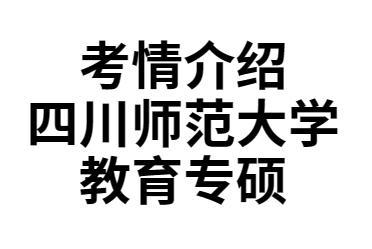
比较级的变化规则和动词的类似,也可以遵循口诀“直、去、双、改”
1、直:一般情况下直接在形容词后面加er。如long-longer,small-smaller,great-greater等等;
2、去:以不发音字母e结尾的去掉e加er。如:nice-nicer,late-later,wide-wider等等;
3、双:以一个辅音字母结尾的重读闭音节,双写这个辅音字母加er。如:big-bigger,hot-hotter,fat-fatter等等;
4、改:以辅音字母加Y结尾的要改Y为i,加er。如:busy-busier,happy-happier,heavy-heavier等等;
5、双音节或多音节单词,直接在单词前加more,如:different-more different,difficult- more difficult,beautiful-more beautiful等等;
6、不规则形态:有少数的形容词的比较级是不规则的形态,这些就需要特别地加以记忆了。如:good-better,bad-worse,many-more等等;

三、比较级的句型结构
1、肯定句:
A+be/实义动词+形容词的比较级+than+B,翻译为A比B怎么怎么样,如:Lily is taller than Lucy。丽丽比露西高。
2、否定句:
A+be/do/does+not+(实义动词)+形容词的比较级+than+B,翻译为A没有B怎么怎么样,如:Lily is not taller than Lucy。丽丽没有露西高。
3、疑问句
Be/do/does+主语+(实义动词)+形容词比较级+than+另一个比较对象?翻译为A比B怎么怎么样吗?,如:Is Lily taller than Lucy?丽丽比露西高吗?
4、特殊疑问句:
Who/whoes+be/do/does+形容词比较级+than+另一个比较对象?翻译为:谁比谁怎么样?如:Who is taller than Lucy?谁比露西高?
Who/whoes+be/do/does+形容词比较级,A and B?翻译为A和B谁比较……?,如:who is taller,Lily and Lucy?丽丽和露西谁比较高?













